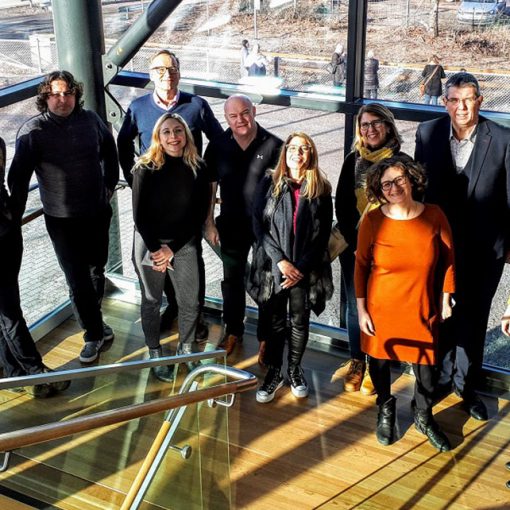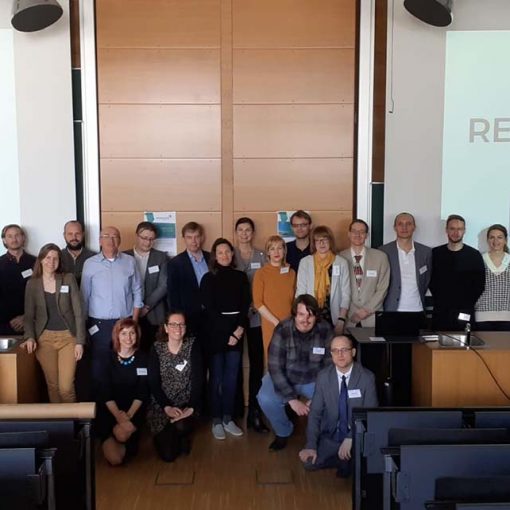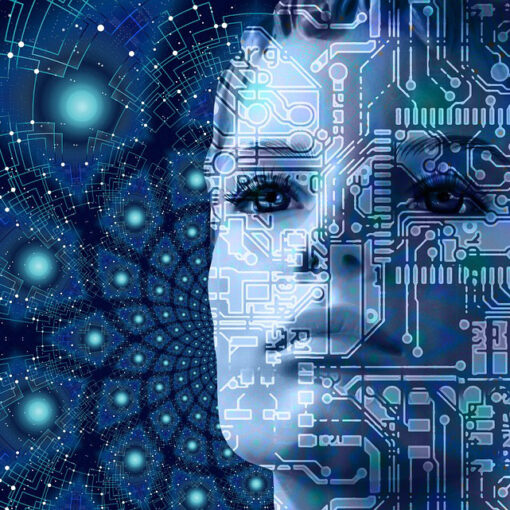As researchers, educators and students, many of us are very familiar with the concept of circular economy. In fact, we are often knee-deep in making it happen; we may be working on ways to create textile fibers that last longer and are more easily recyclable or developing ways to make biogas processes more efficient. It’s one thing to discuss circularity with those who are right there in the circularity trenches with us, but when communicating circularity with anyone who’s not quite so familiar with the concept, we may easily stumble upon some pitfalls. Yet, it’s often vital to be able to reach out to new audiences to find partners, supporters and customers.
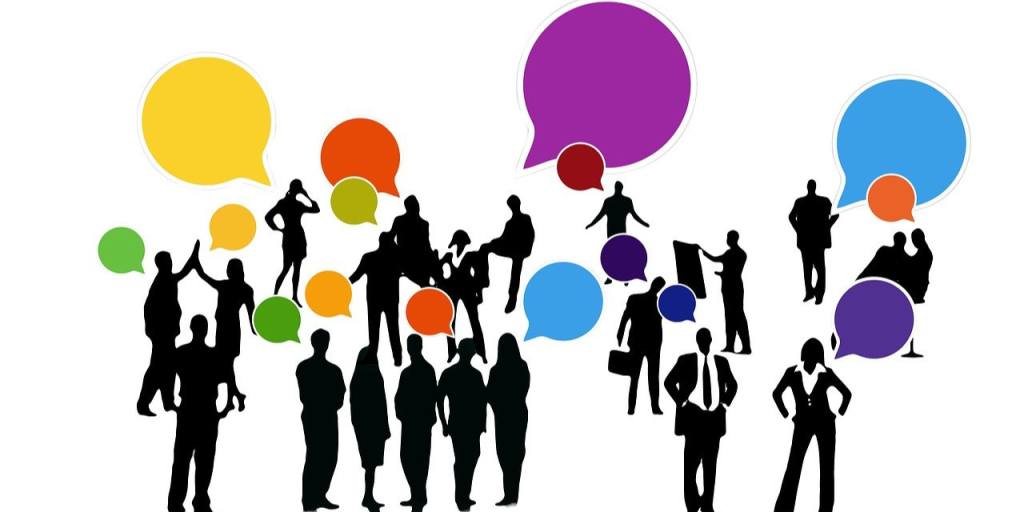
Circularity communications can be confusing
There are many reasons why circular economy can prove to be a problematic concept for communications. Firstly, circular economy is a banner term that encompasses various business models. Most of us are familiar with the five basic models: circular supply chains, recovery & recycling, sharing platforms, product as a service and product life extension (Jensen 2022). This means that activities that seemingly have very little in common – think for example Uber and recycled nutrients for agriculture – can both fall under the same banner of circular economy. This diversity can make circularity a difficult concept to grasp quickly and intuitively.
Another problem is that the name itself, circularity, leads many to immediately equate it with recycling. Obviously, recycling is part of circular economy, but there’s also a lot more to it.
Yet another issue stems from the fact that many of the basic circularity models are nothing new – after all, we have for example been recycling and repairing things for millennia. Is it just the same old thing with a fancy new name or are we talking about something different here? Or is circular economy just another term for sustainable business? Some may find this rather confusing.
How can we avoid some of the confusion?
One tool we have found useful when communicating with new audiences is focusing on the concept of value. At its core, circular economy is value economy – it’s about identifying, retaining and refining value. The key questions we’re always trying to crack in circularity are how can we make sure we don’t lose the value that’s already embedded in the existing products or materials and how can we create more value out of what we already have. (Rosenfield 2016.) The answers to these questions can then be found within any of the circularity business models.
Refining ways to communicate circularity to different audiences to be able to forge new collaborations is also part of the CircAgile project (Arcada 2023). The main aims of the project are to combine the current multidisciplinary and cross-sectoral knowledge, to gather up a wider network for cooperation, to activate the discussion, to find new initiatives for piloting/experiments, study the best practices as well as to develop the agile knowledge and competence sharing methods for systemic cross-sectoral development involving the private and higher education sectors. CircAgile partners include LAB University of Applied Sciences, Arcada University of Applied Sciences, Högskolan i Borås, University of Latvia and Invenire Market Intelligence Oy. Link to CircAgile project’s webpage.
Authors
Johanna Tanhuanpää works as a Consultant at Invenire, a company working towards fossil free, nutrient neutral, biodiversity enhancing and water smart rural landscapes. Invenire is a partner in the CircAgile project.
Lea Heikinheimo works at LAB as a Principal Lecturer and as a Specialist in the field of Circular Economy in the CircAgile project.
Paula Linderbäck works as a Principal Lecturer at Arcada University of Applied Sciences. She is a project manager for the Nordplus Horizontal funded CircAgile project.
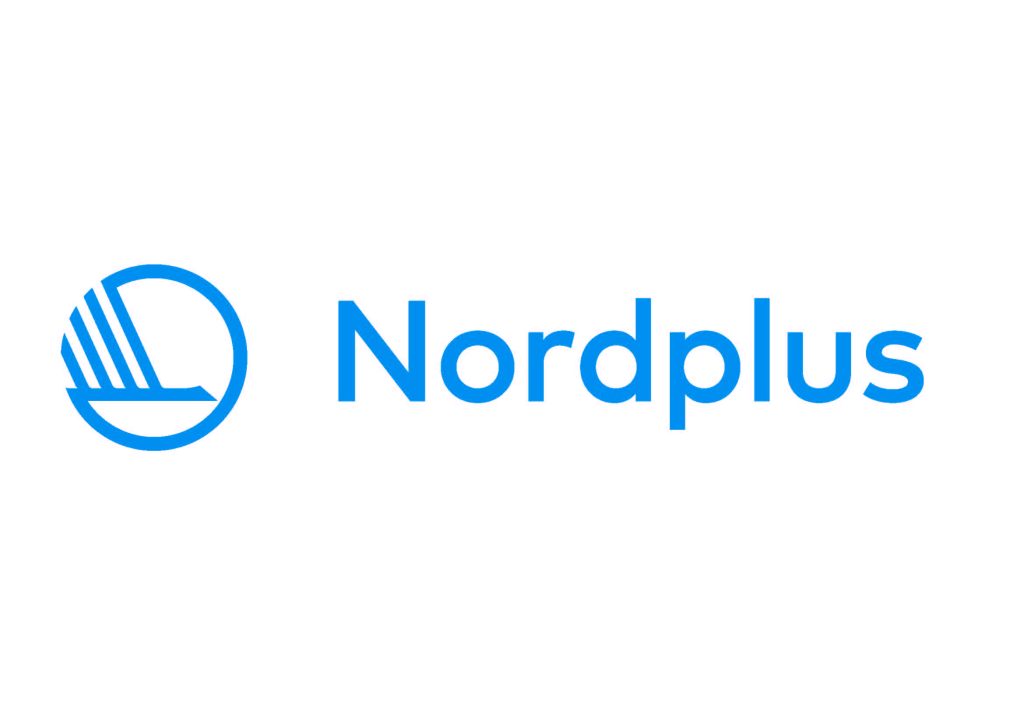
References
Arcada. 2023. Agile Circular Competence Network. Cited 8 May 2023. Available at https://www.arcada.fi/en/research/projects/agile-circular-competence-network
geralt. 2017. Palautetta, raportoi takaisin, liikemiehet. Cited 29 May 2023. Available at https://pixabay.com/fi/illustrations/palautetta-raportoi-takaisin-2990424/
Jensen, H. H. 2022. 5 circular economy business models that offer a competitive advantage. World Economic Forum. Cited 23 May 2023. Available at https://www.weforum.org/agenda/2022/01/5-circular-economy-business-models-competitive-advantage/
Rosenfield, J. 2016. Why the Circular economy is all about retaining value. Podcast. McKinsey Sustainability. Cited 23 May 2023. Available at https://www.mckinsey.com/capabilities/sustainability/our-insights/why-the-circular-economy-is-all-about-retaining-value
Links
Link 1. Arcada. 2023. Agile Circular Competence Network. Cited 8 May 2023. Available at https://www.arcada.fi/en/research/projects/agile-circular-competence-network
Link 2. Invenire. 2023. Cited 8 May 2023. Available at https://www.invenire.fi/

